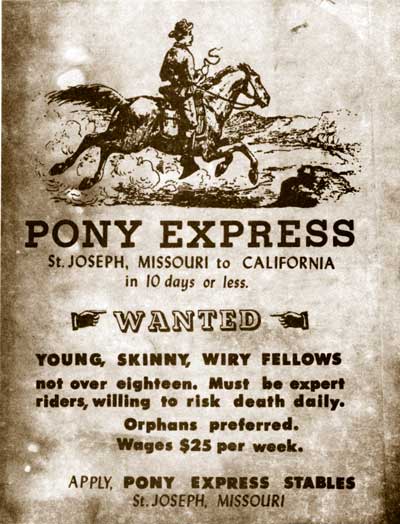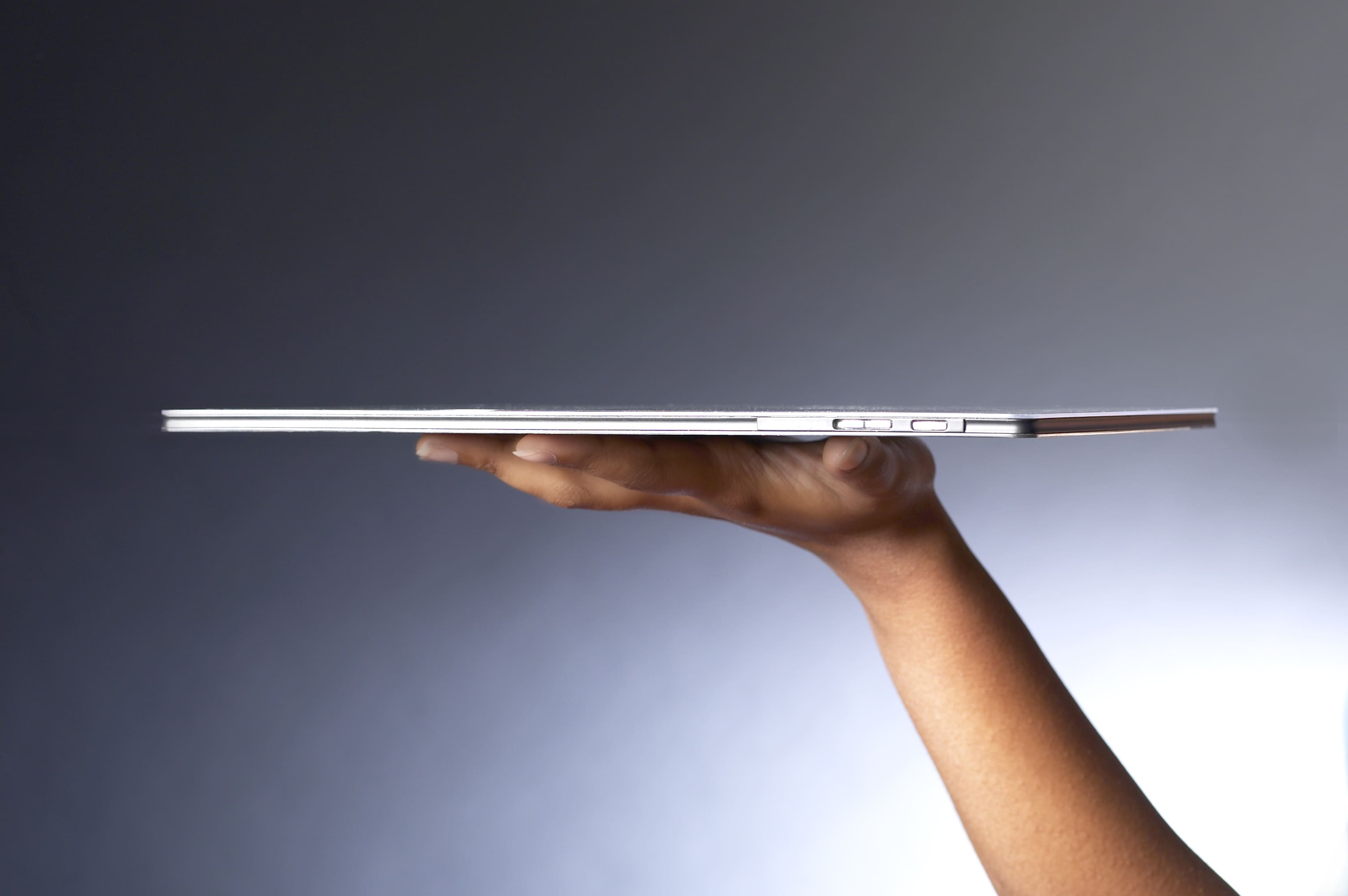I still think that obsessing on the platform that the news comes across on is symptomatic of a severe case of Missing The Point. Let me say it again: viewing the newspaper crisis as being caused just because people don’t like buying paper anymore is akin to a 19th-century horse breeder thinking that people not liking ponies is the reason they’re using the telegraph rather than Pony Express.  It ain’t about the pony! Stop trying to attach wires & batteries to the pony & hope that will make some kind of a difference.
It ain’t about the pony! Stop trying to attach wires & batteries to the pony & hope that will make some kind of a difference.
It’s about a real change in the nature of the whole business. Read “Cluetrain.” People still want the news and information – in fact, recent stats show that more people than ever are tuning in to “hard news” because of the dire economic, political and military situations.
But they don’t want to just be talked at. We want to talk to each other, connect to each other, and share things amongst ourselves without Big Media jamming their irrelevant messages in our faces. If that can take place in an old-school print product – as it does, among weekly newspapers, which are the one segment of the newspaper industry that is maintaining its numbers – then fine. Online, mobile, whatever – as long as it does the job that we want it to do, the People Formerly Known As The Audience will use it (and it might even attract some of that New Marketing money to support it).
Looking at the problem as something that can be solved by employing a magic doohickey is the worst kind of thinking. Like the cynical network president in “Scrooged” insisting on featuring mice on television, because the numbers are coming back that more people are leaving the TV for their pets to watch, and “we don’t want to miss out on this audience demographic.”
Anyway, up in Seattle, the P-I is apparently under consideration by Hearst to be a pilot project for the new Plastic Logic e-reader distribution system.
Hearst had been looking at flexible screens for its new e-paper, but
Plastic Logic spokeswoman Betty Taylor told Crosscut that while her
company’s wireless e-reader can operate on flexible material like
plastic film or foil, Plastic Logic’s consumer testing shows readers
prefer a more rigid display. Plastic Logic’s reader will be about a
quarter inch thick and have a considerably larger screen than Amazon’s
wireless e-reader, the Kindle. Both devices are wireless and use the
same low-power, high-resolution E Ink display technology, which is
partly owned by Hearst. While the Kindle shifts screens when users
press the sides of the device, Plastic Logic’s screen will be touch
sensitive, turning pages with a finger swipe across the screen.
I think that experimenting with e-delivery of a newspaper is certainly a good thing – insofar as the experiments also extend to making it possible for the users to have two-way conversations and to be able to share things amongst themselves that they find interesting and/or useful. Trying to maintain the top-down informational control systems of the traditional media on a new electronic platform will certainly be interesting, but ultimately doomed. 
Meanwhile, the next-gen iPhone aka iPhone 2.1 is being spotted around the Bay Area. Supposedly, what this next-gen phone will do is allow users to perform multiple tasks simultaneously – i.e. loading up a large web page or sending a info-dense video file via email while also checking Facebook friend status updates. Right now, the best I can do is insofar as multi-tasking on my iPhone is listening to a podcast while scrolling through contacts.
And, finally, it appears that Kindle 2.0 will come out at the O’Reilly conference on Feb. 9, while I’m in Kiev (probably demonstrating Kindle 1.0).
